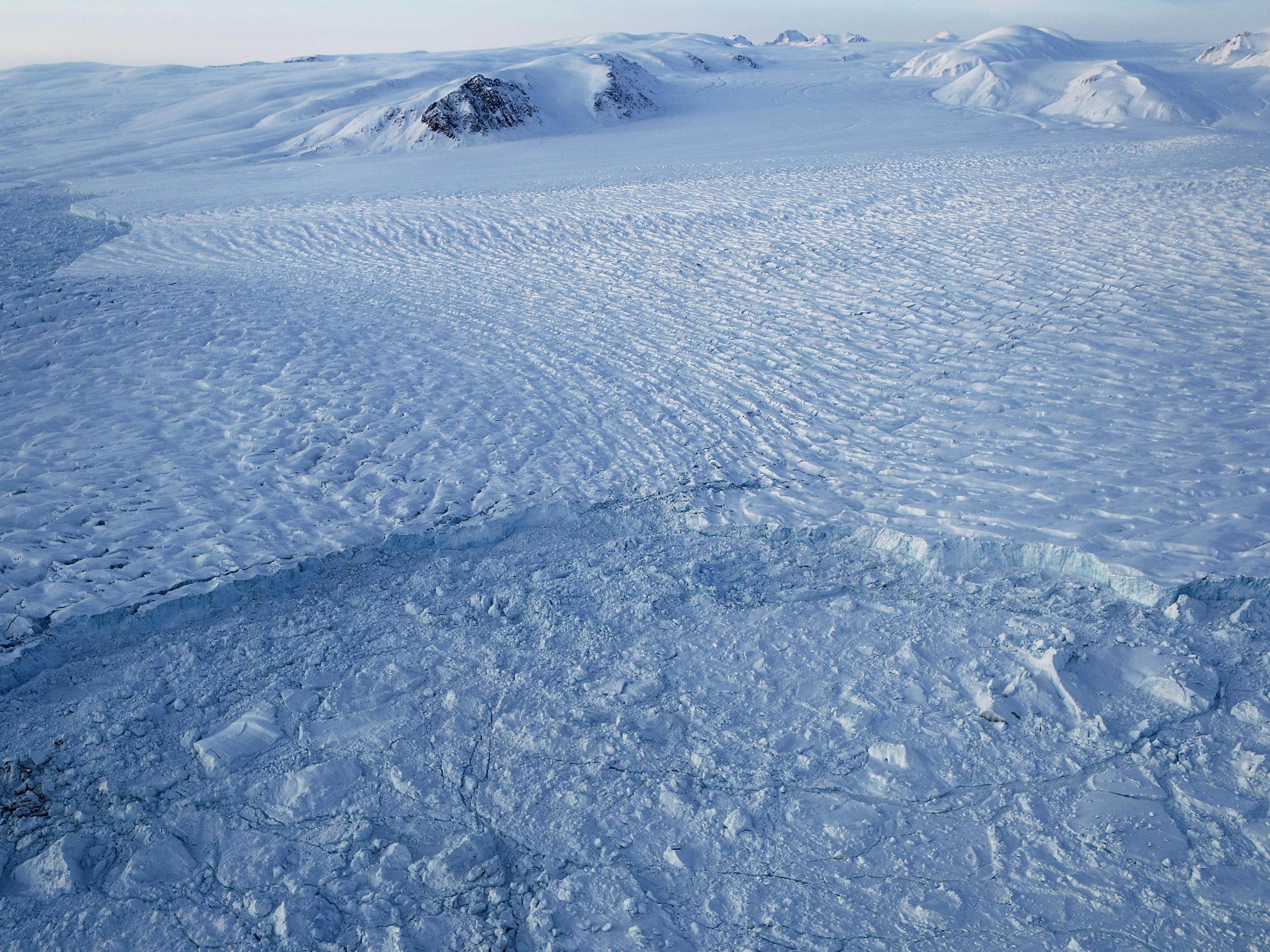22,000 years of historical records destroyed as ice cores melt after freezer failure
Crucial clues about climate change destroyed after cooling system malfunctions

Your support helps us to tell the story
From reproductive rights to climate change to Big Tech, The Independent is on the ground when the story is developing. Whether it's investigating the financials of Elon Musk's pro-Trump PAC or producing our latest documentary, 'The A Word', which shines a light on the American women fighting for reproductive rights, we know how important it is to parse out the facts from the messaging.
At such a critical moment in US history, we need reporters on the ground. Your donation allows us to keep sending journalists to speak to both sides of the story.
The Independent is trusted by Americans across the entire political spectrum. And unlike many other quality news outlets, we choose not to lock Americans out of our reporting and analysis with paywalls. We believe quality journalism should be available to everyone, paid for by those who can afford it.
Your support makes all the difference.Ice blocks offering clues to the history of the Canadian Arctic have melted after a freezer malfunction, depriving scientists of a vital resource for studying climate change.
A failure in the cooling system at the brand-new C$4m (£2.4m) Edmonton facility caused 180 metre-long cylindrical ice cores to melt — destroying evidence of some 22,000 years of the world’s history.
Air bubbles, dust and pollen that were trapped in the ice had provided crucial evidence about past environments and were studied to inform predictions about the future of the planet.
But temperatures at the storage facility, which is normally chilled to -37C facility, rose to 40C, melting tens of thousands of years of history.
“For anybody who has an ice core collection, melting is a perennial fear, and you don’t find out that it’s happened until too late,” Martin Sharp, director of the archive told The New York Times.
While only around 13 per cent of the 1,408 samples were lost, gaps in the record have been created.
And Dr Sharp does not yet know if they will get the chance to replace the ice-cores, which can cost up to $1m (£800,000) to replace because of the challenges of the freezing Arctic conditions.
“Some of these ice caps are disappearing,” he added, “and we’re going to lose this record, in some cases sooner rather than later.”
Some of the oldest ice cores from Canada’s tallest mountain, Mount Logan, and some from Baffin Island’s Penny Ice Cap – which contained 22,000 years’ worth of information about the climate – were at least partially destroyed.
Join our commenting forum
Join thought-provoking conversations, follow other Independent readers and see their replies
Comments